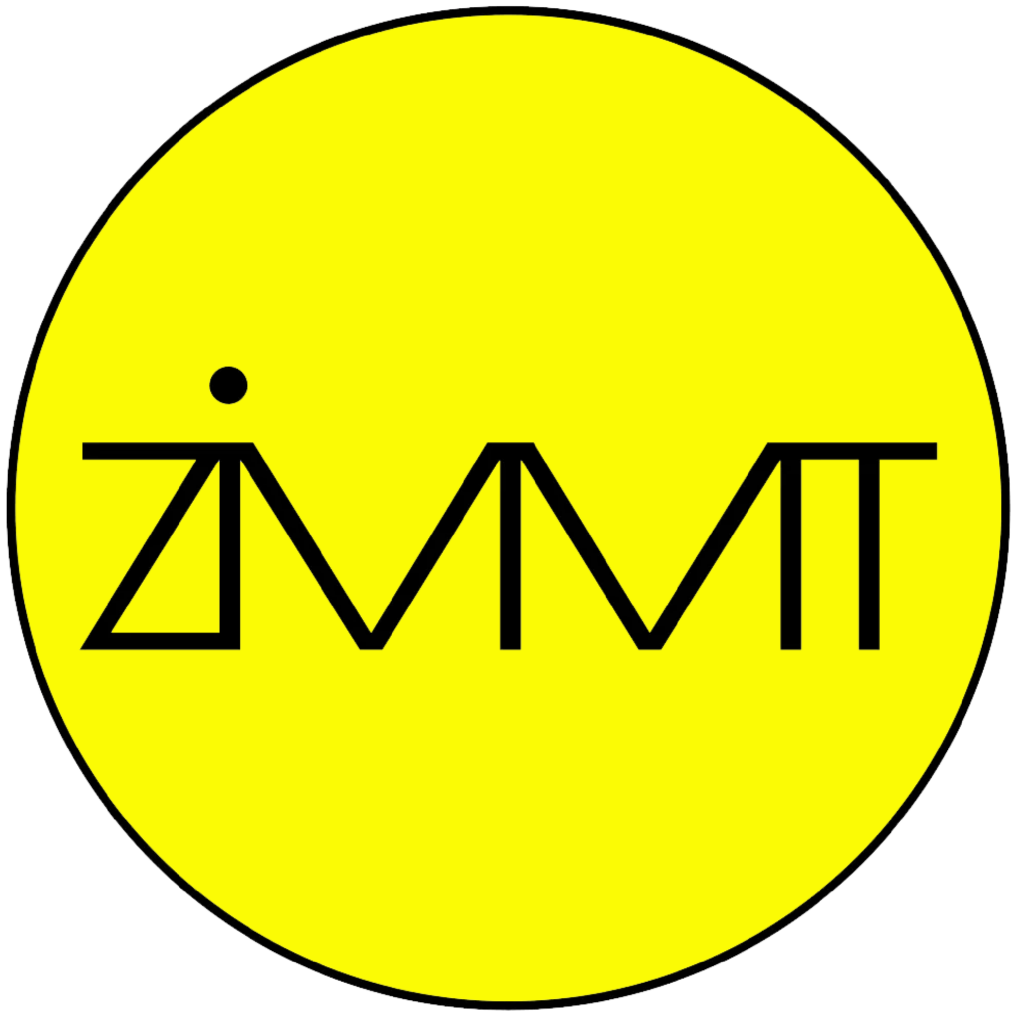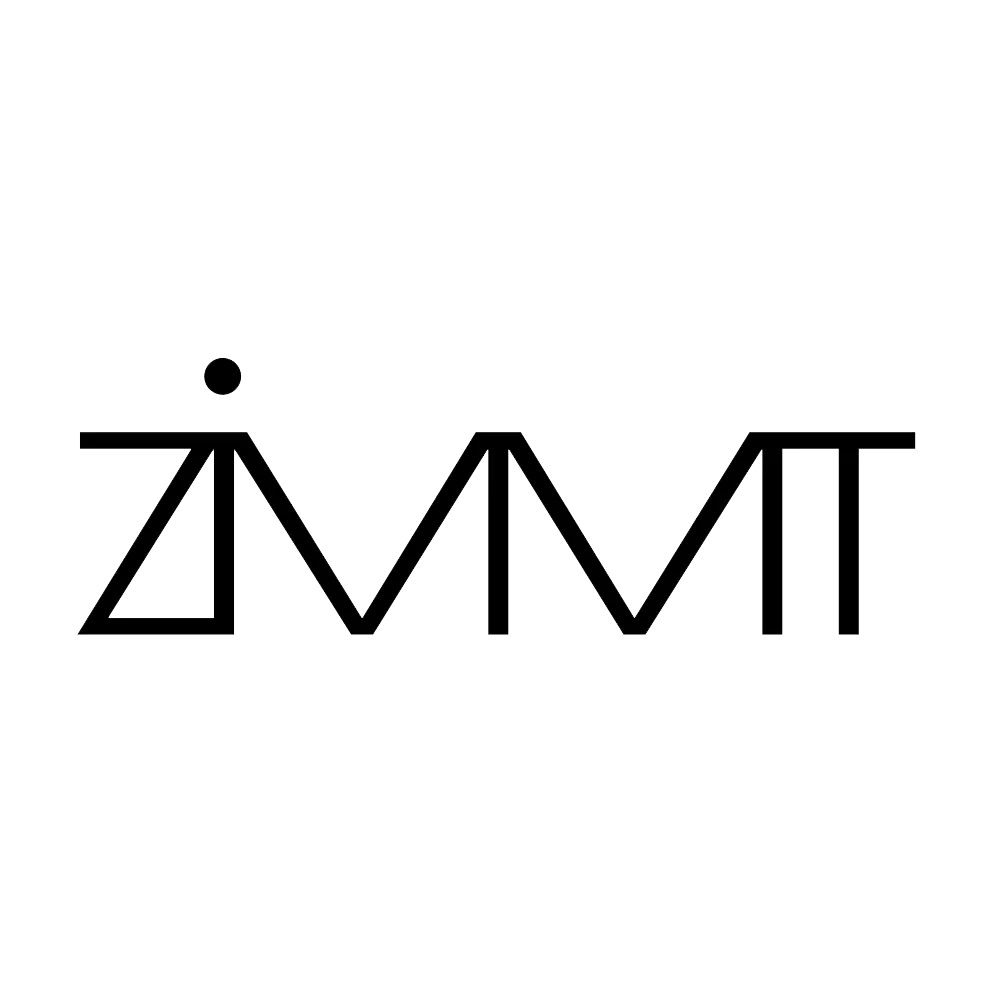HANNO LEICHTMANN & VALERIO TRICOLI
The collaboration between Hanno Leichtmann and Valerio Tricoli has resulted in two albums since 2016, on which the sculptural, associative soundscapes of both artists merge into a pulsating, engaging maelstrom: a physically electrifying tangle of tape loops, percussion and voices caught in repetitive loops deforms tensely in a slow groove. The description of their last album characterized the pieces as “the ambient sound of an alchemical laboratory or a workshop for experimental machines that comes to life after hours when no one is listening – … drills that seduce vices and soldering irons that secrete flux onto living circuit boards and permanently short-circuit half-finished systems.”
As a duo, Leichtmann plays electric drums, effects and loopers, while Tricoli transforms the sound live with his Revox B77 tape recorder. For sens, they spatialize their otherwise stereo-mixed set and play an electro-acoustic concert in 3D audio.
Hanno Leichtmann is a Berlin-based sound artist and curator. In the late 1990s he became well known for his special approach to electronic music production, which is characterized by subtle soundscapes, delicate rhythms and an exploratory detailed view on sounds. As an internationally successful sound artist, he has especially been working with sound archives for ten years, as a curator he organizes the festivals “LETRA / TONE, Festival for Graphics and Music” and “SYN / CUSSION” for experimental electronic music.
Valerio Tricoli is a composer and performer of electroacoustic music. For more than twenty years, his most important instrument on stage has been a Revox B77 reel-to-reel tape recorder, which he uses as an analog live sampler and for real-time sound processing. He often chooses the human voice or spatial sound itself as sound sources. His compositions can be seen in the tradition of musique concrète and often deal with psychological-emotional or occult themes.
Get your FESTIVAL PASS here >>>
→ On that evening at 7 pm, Prof. Hummel will also give a free talk titled: Something new to smell more information here >>
Guilia Rae
Flow States
At the ZiMMT Giulia Rae presents “Flow States #3” and “Flow States #4”, the last two chapters of a series of acousmatic multi-channel compositions that have been created in complex human-machine interaction since 2021. They are based on her many years of research into the concept of immersive listening. The pieces are based on recordings of wind that have been analyzed using an algorithmic architecture of machine listening. The algorithm, which was developed using the SuperCollider programming language, translates the movements of the wind into shapes of sound, influenced by live coding. Spatial multi-channel sound distribution additionally models the listening space in order to interact with the listener’s perception and imagination. Influenced by sound ecology and post-humanism, Flow States presents an ecosystem of relationships between environments, machines and humans.
Guilia Francavilla / Rae is a composer, sound researcher and performer. She lives in Brussels and Turin. In 2021 she completed a research master’s degree at the Institute of Sonology in The Hague, where she currently works as a research associate. Her musical roots lie in noise and punk. She is currently focussing on the overlap between immersive sound experiences and technologically mediated listening experiences, with a special focus on human-machine interactions and sound ecology. Musically, she has recently worked a lot with generative algorithms, VR and 3D audio. She has been able to further develop her creative approach in several international residencies, for example at the ZKM Karlsruhe.
Louise Rossiter
Electroacoustic composer and sound scientist Louise Rossiter presents her suite based on the work of infographic pioneer Fritz Kahn as a 3D audio concert. It consists of five compositions: “Neurons”, “Synapse”, “Iris Key”, “Kemal” – and the final, as yet unnamed piece will be premiered as part of sens! All the original stereo versions have been reworked for the ZiMMT’s 3D audio system.
Fritz Kahn was very successful with metaphorical representations of human anatomy in the first half of the 20th century: he depicted them as machines to explain bodily functions in an understandable way: In the 1939 graphic “Is the nervous system an electrical system?”, to which Louise Rossiter’s 2021 Prix Russolo-winning work “Synapse” refers, he shows a synapse as an electrical generator, because – comparably – nerve cells generate electrical potentials and transport them through the body.
Electroacoustic composer and sound scientist Louise Rossiter’s research interests include expectation in acousmatic music, silence, acoustic ecology, multichannel composition and spatialization. She completed her doctorate under John Young and Simon Emerson at De Monfort University in Leicester, where she also lives.
Louise Rossiter’s compositions aim for a highly immersive sound experience that in some ways remains unpredictable. In earlier works, she focussed on silence and enigmatic sounds or juxtaposed real and imaginary places.
She is currently composing pieces that deal with the work of Dr. Fritz Kahn, who created depictions of the human anatomy as a complex machine in the first half of the 20th century, which are considered an important innovation in the transfer of knowledge to the general public. Her works have been presented internationally at numerous festivals and won several awards in competitions. She herself is a juror at a number of international composition competitions, including Musica Nova (Prague) and Prix Russolo.
Get your FESTIVAL PASS here >>>
→ Louise Rossiter will hold a free lecture on the same evening (15.12.) at 6 pm titled: Expectation and Space in Electroacoustic Music. More information here >>
Wiete Sommer / Cryptoheros
Cancellation due to illness!
It smells like Mint Spirit
The Cryptoheroes once emerged from the world of contemporary visual art. As beings between human, animal and machine, together with musicians Sloush + Zarrt and the audience, in “IT SMELLS LIKE MINT SPIRIT” they explore the part of the nose in storytelling – an olfactory encounter that explores new dimensions in the performative format. The human body as a platform for perfume & aftershave – what roles do these added fragrances give us?
What does the good life smell like?
Artistic direction and concept: Wiete Sommer
Dance, performance: Seraphine Detscher, Amit Abend, Carina Allison Hajek, Jule Oeft Rottluff, Lilia Ossiek
Fashion design: Wenke + Wiete Sommer
Live music: Sloush + Zarrt
[In co-production with Societaestheater Dresden, funded by Nationales Performance Netzwerk, Stadt Dresden-Amt für Kultur und Denkmalschutz ]
After studying fashion design in Berlin, Wiete Sommer returned to Dresden to work as a freelance designer and director, creating contemporary productions at the interface of art, science and business. She works interdisciplinarily and co-creatively in museums, theaters, with local production companies and actors in the independent scene. In her work as a designer, she supportingly incorporates the perspectives of different people on a regular basis. She develops participative installations and researches experiential spaces, trends and identities. She also creates intergenerational formats and writes and produces dance pieces #close to the material.
Moritz Simon Geist
For his concert at sens, Moritz Simon Geist simply announced the “presentation of a work with spatiality, 3D sound, robotic actuators and bass”. We may therefore be surprised to see which of his many self-made sound robots he brings along and how they generate the sounds that then weave themselves into one of his striking, rhythmically driving soundscapes. No matter how electronic they sound, all sounds are created acoustically. Their tactile origin is visible: some metal pins knocking against water glasses, some against a hi-hat, in other setups tiny beads swirl in a tube. Nothing is virtual.
“Geist is treating some important questions of the future, like the perception of technology, the robotization of society or the artificial intelligence, but still comes in a very playful and entertaining way: through electronic music.” (ARTE)
Media artist Moritz Simon Geist has been experimenting with robotics as a means of artistic expression for over 12 years. He invents and builds digitally controlled machines that produce acoustic sounds. He uses them to produce electronic music – techno in the broadest sense – and playfully enters into a dialogue with the (musical-technical development of the) future. As a research scientist at the Fraunhofer Institute, Geist has gathered scientific expertise in robotics, which he combines with his classical music training for his artistic work. His research focusses on the physics of sound, robotics, machine learning and artificial intelligence. He has been showing his award-winning work at internationally renowned festivals for years.


